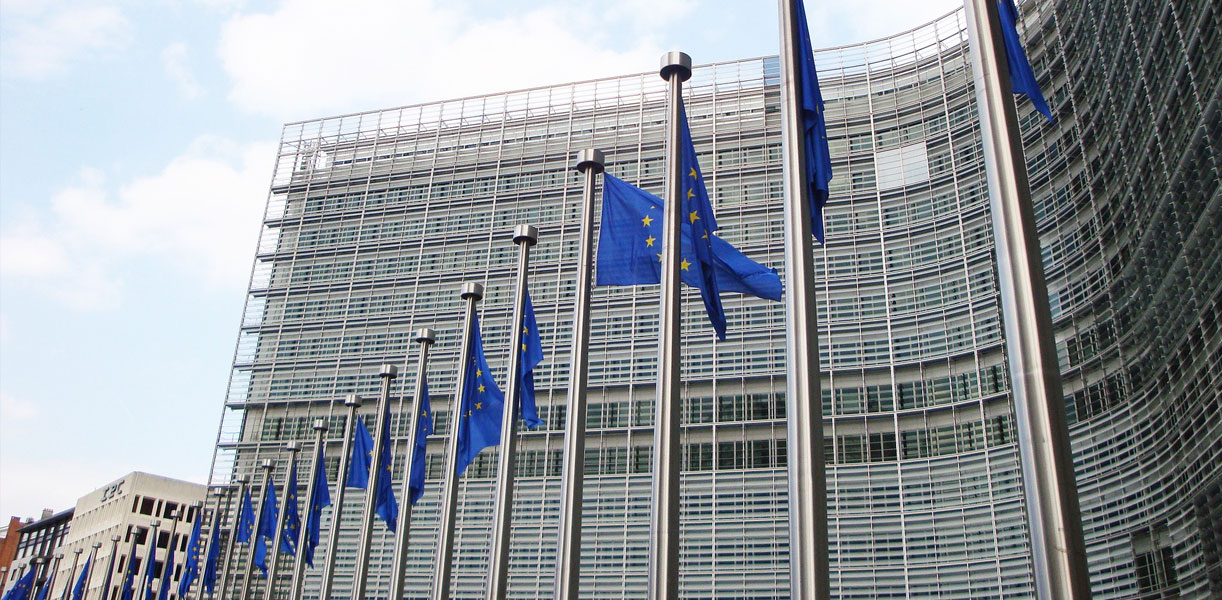On 9 April, the European Commission (EC) published the fourth report on the state of the Energy Union, which is an important tool for highlighting and monitoring the implementation of this key priority of the Juncker Commission. The report takes stock of the progress made towards the creation of an Energy Union and highlights the issues to which more attention should be paid. It brings together in an integrated way a number of Commission reports and initiatives related to the Energy Union. The State of the Energy Union report is accompanied by two annexes showing the progress made in the field of renewable energy and energy efficiency. In parallel, the Commission is today presenting two Communications on the future, one on a strategic battery plan for Europe and the other on a new institutional framework for our energy and climate policy until 2025.
In 2014, the Juncker Commission took office, a resilient energy union with a forward-looking climate policy was identified as one of the ten priorities of the new Commission. On 25 February 2015, the Commission adopted the „Framework Strategy for a Resilient Energy Union with a forward-looking climate change policy’ also known as the Energy Union Strategy”.
The publication of this strategy has created a new impetus for the transition to a low-carbon, secure and competitive economy. The Energy Union aims to provide all consumers in the European Union (EU) – households and businesses – with secure, sustainable, competitive and affordable energy. The Energy Union has five dimensions: security of supply, solidarity and trust, a fully integrated energy market, energy efficiency, decarbonisation of the economy and research, innovation and competitiveness.



